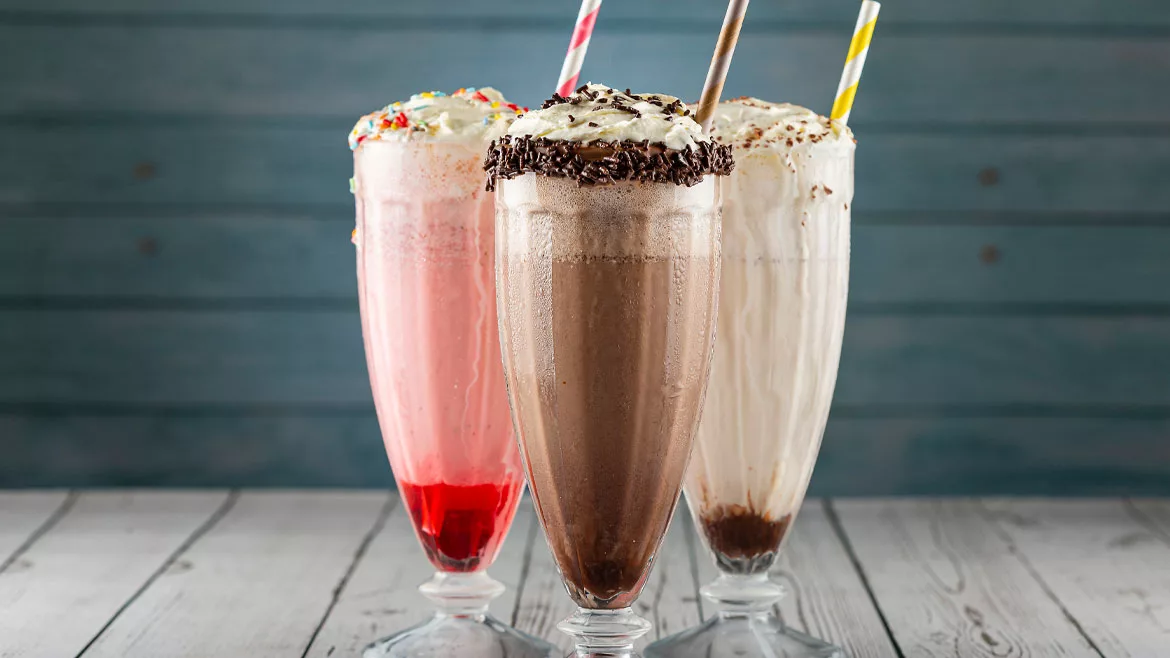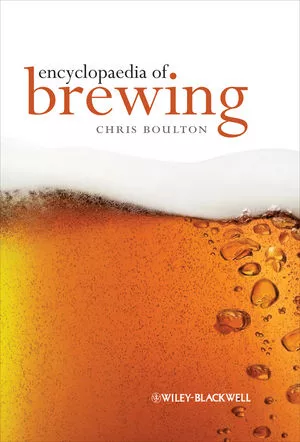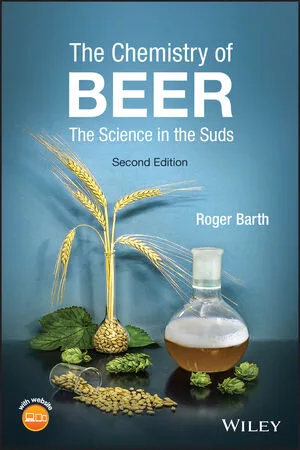Closure packaging equipment transitions with beverage trends
Innovation assists caps and closures, can seaming
Looking across all the categories within the beverage industry, observations showcase that the slogan marketers frequently use, “packaging sells,” might be a reality. The validity is not being challenged; however, the package array on the shelves in most retail outlets indicates that packages, containers, closures and even labels are going through frequent changes at some phase in the supply chain.
Usually, the objective of marketing is to sell and profit according to regional demographics, which also is not being challenged; nevertheless, reaching those objectives has some far-reaching impacts on the production part of the supply chain. From experiences, observations and updates, the one operation in which high-frequency transitioning occurs is closure machinery.
From an operations perspective, each beverage packaging operation has variable impacts throughout the manufacturing configuration designed to produce the product. Most facilities experience the impacts through a domino effect. Historically, the changes are transitions that involved products, containers, closures, labels and packaging makeups where product characteristics, container materials/sizes and closure design/application were major factors.
All operations are interdependent, but some are more critical than others. Such is the case for closing machines, where adjustments in design and application have been necessary to accommodate constantly changing beverage input/output operating conditions.
The changing conditions apply to all types of closing machines, including crowners, cappers, seamers and other functional closure designs. Such transitions for bottles (glass, plastic, metal) and cans (steel, aluminum, composition) have been, and still are, prompted by several factors: specific product requirements (carbonated soft drinks, juice, beer), container designs (slope, curved, straight, size), finish modifications (unthreaded, threaded, size), closure material (steel, aluminum, plastic), line speeds, and packaging makeups.
Whether it’s manually operated crowners or near totally automated cappers and seamers, designs and functions have transitioned, regardless of the fact that closing the container is the basic intent. In today’s compliance environment, closing machine designers are being challenged with regard to operator safety, simplicity, maintenance, maximized uptime and interface with changed input/output operations.
Through all the transitions that have occurred, the closing machine probably will never escape constant change. Review of the transitions clearly indicates the factors and problems experienced in the past will re-occur either in magnitude, compliance, cost or all of the above. With the vital closing operation (as well as others) being subjected to the constant change syndrome, it is prudent to review and assess those factors and problems in an effort to minimize the transition frequency, magnitude and cost.
The critical nature of closing operation transitions indicates that prioritizing specifics might be in order when analyzing and evaluating improvement goals. In the case of closing machines, whether cappers or seamers, variability has been found in factors and problems depending upon the number of SKUs being produced, the volume involved and the degree of change experienced geographically. The variability might also create difficulty in assessing how well your closing machine has transitioned or should transition in the future. Regardless of the variability, it is extremely important to realize the inevitability of change and develop plans for, and make, timely adjustments.
Performance data about closing machines is invaluable when reviewing which transitions have occurred, under what conditions and why. Some issues that have prompted machine or component part redesign can be a useful reference in closing machine considerations.
Below are some operational transitions in regards to closing machinery.
Crowners: Crowns, regular or twist off, still are in use and any advanced designs will depend on future unthreaded finishes and bottle design. No foreseeable major operational problems are on the horizon.
Cappers/closures: The metal-to-plastic switch required adjustments to chucks and rolls; plastics “blooming” and “stacking” problems resolved; torque adjustments required between metal and plastic; rolls and chucks re-designed for application flexibility for either/or metal and plastic; and feed mechanisms modified to accommodate speed and closure type.
Container finish: The switch from unthreaded to threaded required adjustments and some capper redesigns; torque and application issues regarding variability in threaded finishes resolved; interface between capper and container finish resolved, but as containers and finishes change, cappers are subject to modification and/or redesign.
Capper speed: Number of heads and line speeds will continue to be major factors in capper design. Future transitions will have to consider the limitations of both speed and number of heads.
Seamers/can lids: Major transitions were the switch from steel to aluminum and the size of lid; seamer design modifications have been able to cope with increase in can line speeds and change in lid size; can and lid designs have not created undue machine change, but line speeds will limit or require changes to can, lid or seamer designs in the future.
Looking for a reprint of this article?
From high-res PDFs to custom plaques, order your copy today!





